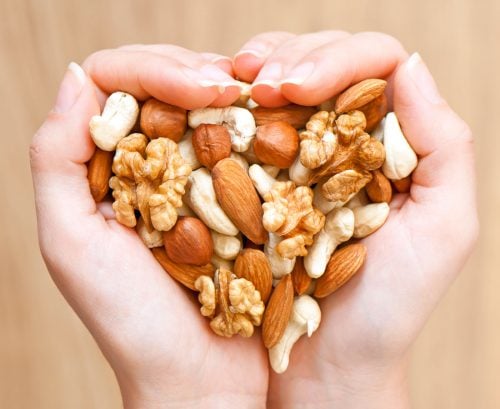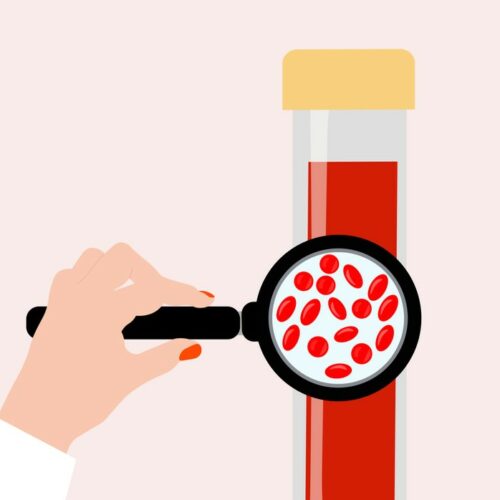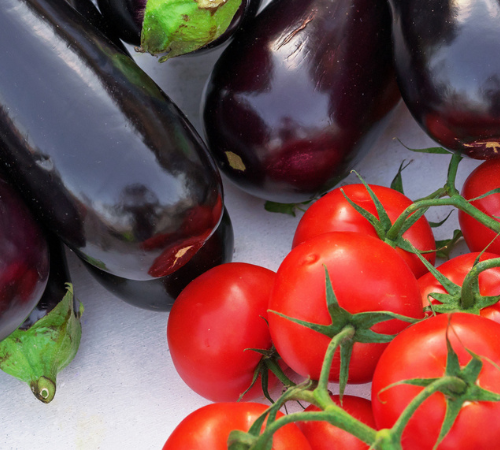
Founding editor Niki Bezzant looks at whether roasting nuts can make them less healthy.
Q Does dry roasting nuts change their nutritional value? What about salt and other flavourings, like Tamari?
A Nuts are great food. They’re wonderful little powerhouses of protein, fibre and healthy unsaturated fats. That combination makes nuts very satiating; they keep us feeling full for longer, so they make a great addition to meals, or snack in their own right.
Nuts also contain a range of vitamins and minerals. Nut consumption is linked with many positive health outcomes, including lower cholesterol, reduced risk of heart disease and lower risk for type 2 diabetes.
It’s possible to go a bit overboard on nuts, though. Because they’re high in fat, they tend to be high in energy also; a 30 gram handful of almonds has around 700kJ (170 calories) so it’s a substantial snack. If we’re eating lots of raw treats made from ground nuts (which are quite popular right now) we might be getting a few more calories than we’re expecting. If weight management is an issue for you, it’s worth keeping an eye on that.
Whether you eat your nuts roasted or raw, you’ll still get nutritional benefits. But you might also get some things you don’t need. When nuts are commercially roasted – even ‘dry’ roasted – they usually have oil added to them. This increases the fat content, and the energy of the nuts. Roasted nuts can also have other ingredients added. Sometimes that is just salt – which will increase the sodium – but it can also be a range of other ingredients, including wheat flour, sugar, MSG and other additives. These and other flavours, such as tamari, can, in turn, bump up the energy and sodium; this can really vary. When I looked at a range of nuts on sale, the sodium contents ranged from 250mg to 1440mg per 100 grams.
Here’s where reading labels will come in handy. Remember to check the ‘per 100g’ column. This will help you compare like with like. Serving sizes can be anything the product manufacturer says they are, and may or may not bear a resemblance to the quantity of nuts you might eat in a serving.
If you want to avoid the added ingredients, you can roast your nuts at home, which is easy and really brings out a nice toasty flavour. They don’t really need extra oil added, so spread your preferred nuts out on a tray and roast for 5-10 minutes (keep a watch on them so they don’t burn). Once roasted and cooled, you can add extra flavours. Try paprika, cumin or other spices and a little salt and pepper, or a dash of salt-reduced soy sauce. Or you might like to try this savoury nuts recipe.
Article sources and references
- Mayo Clinic. Nuts and your heart: Eating nuts for heart health. Accessed October 2021https://www.mayoclinic.org/diseases-conditions/heart-disease/in-depth/nuts/art-20046635
- Guasch-Ferré M, Liu X, et al. Nut Consumption and Risk of Cardiovascular Disease. J Am Coll Cardiol. 2017 Nov, 70 (20) 2519–2532https://www.jacc.org/doi/full/10.1016/j.jacc.2017.09.035
- Li, Sing-Chung & Liu, Yen-Hua & Liu, Jen-Fang & Chang, Wen-Hsin & Chen, Chiao-Ming & Chen, Oliver. (2011). Almond consumption improved glycemic control and lipid profiles in patients with type 2 diabetes mellitus. Metabolism: clinical and experimental. 60. 474-9. 10.1016/j.metabol.2010.04.009. https://www.researchgate.net/publication/44802702_Almond_consumption_improved_glycemic_control_and_lipid_profiles_in_patients_with_type_2_diabetes_mellitus
www.healthyfood.com










